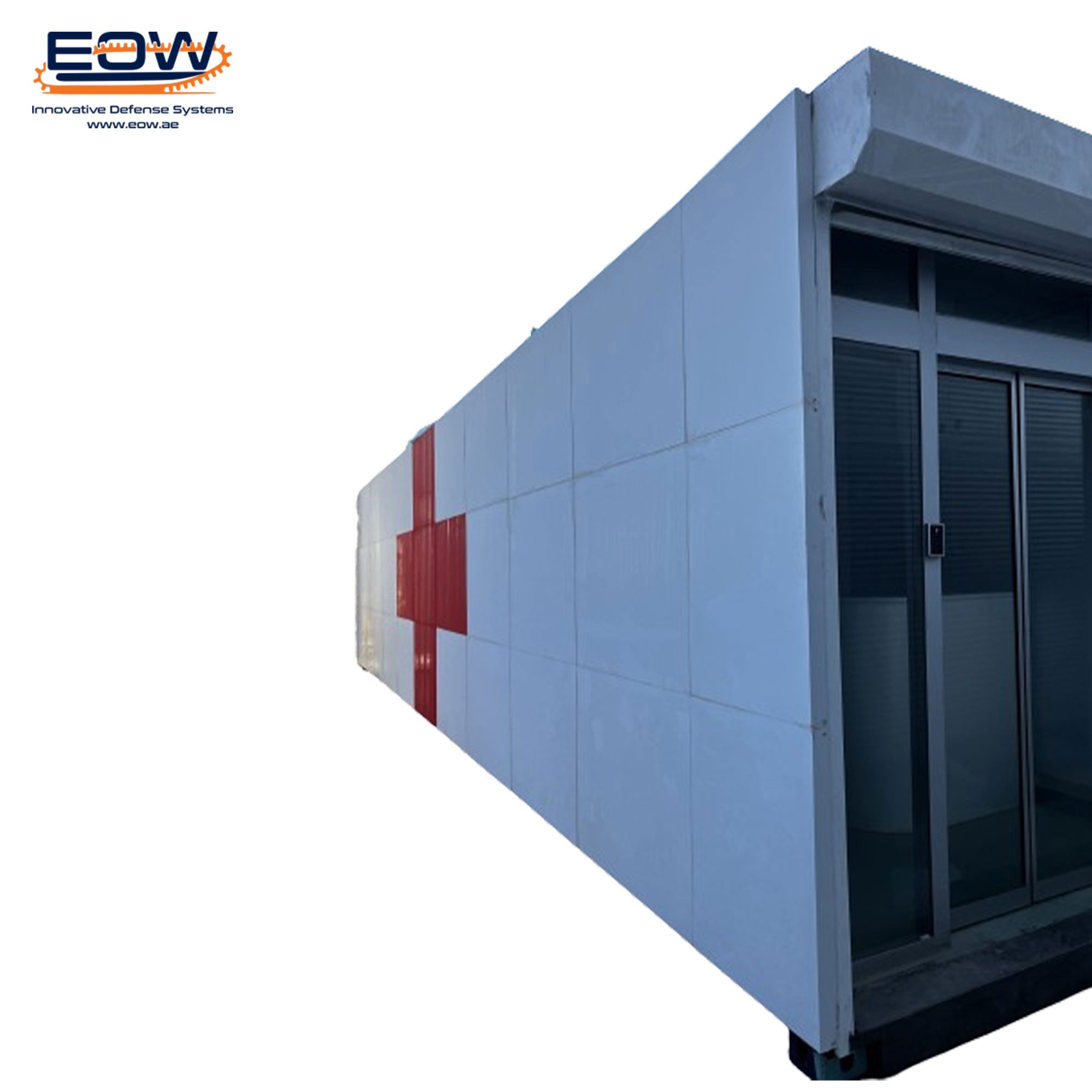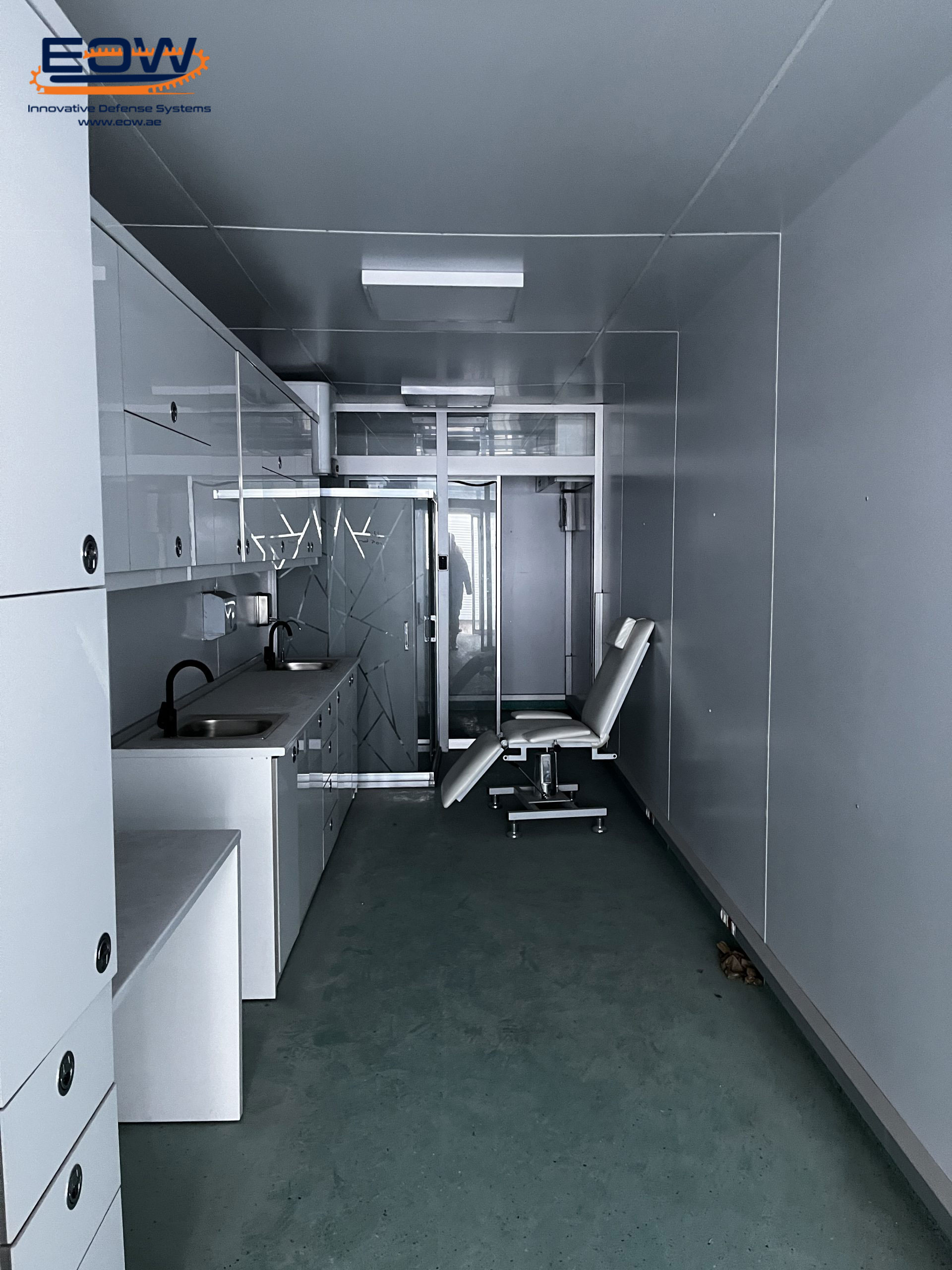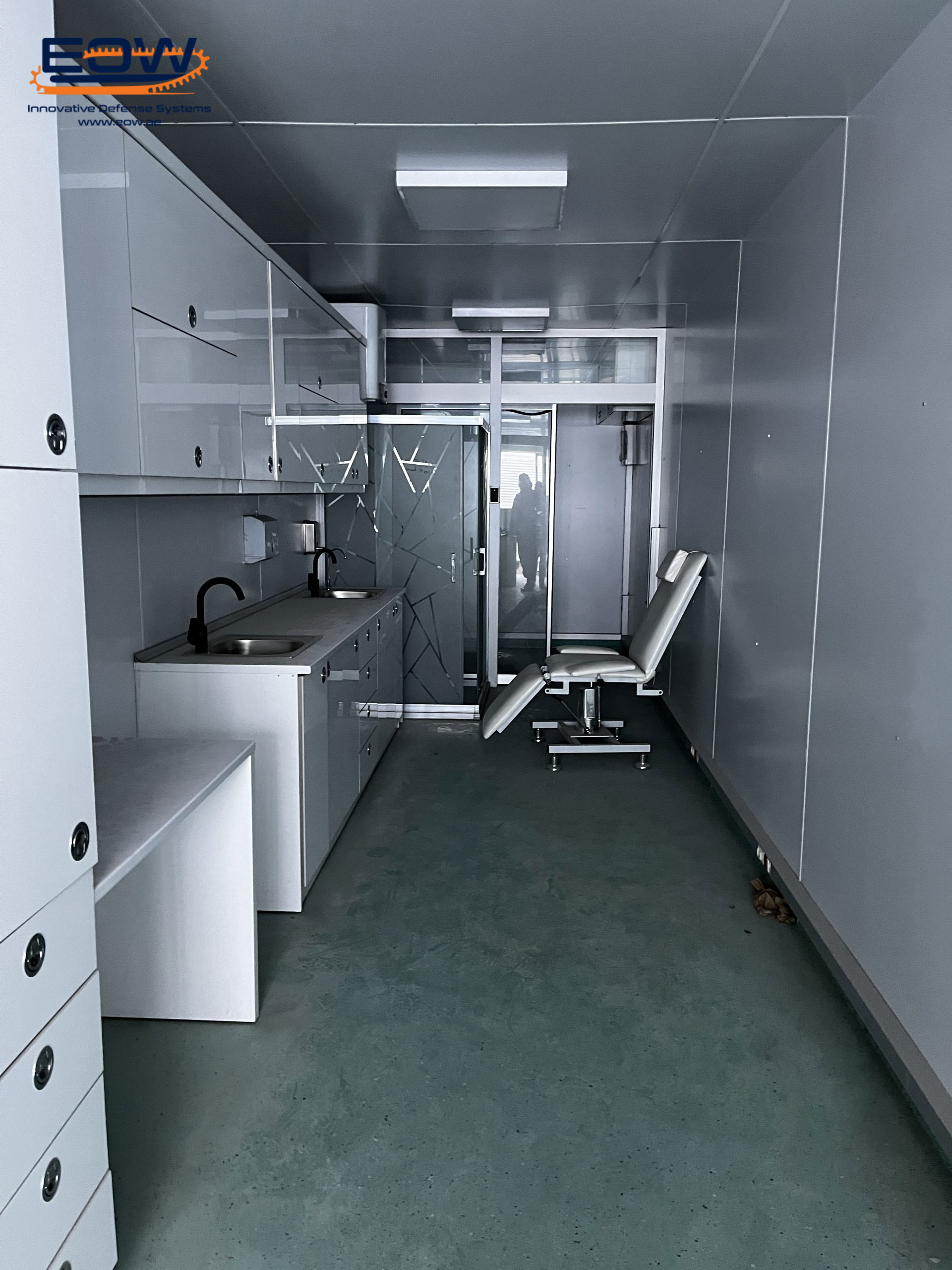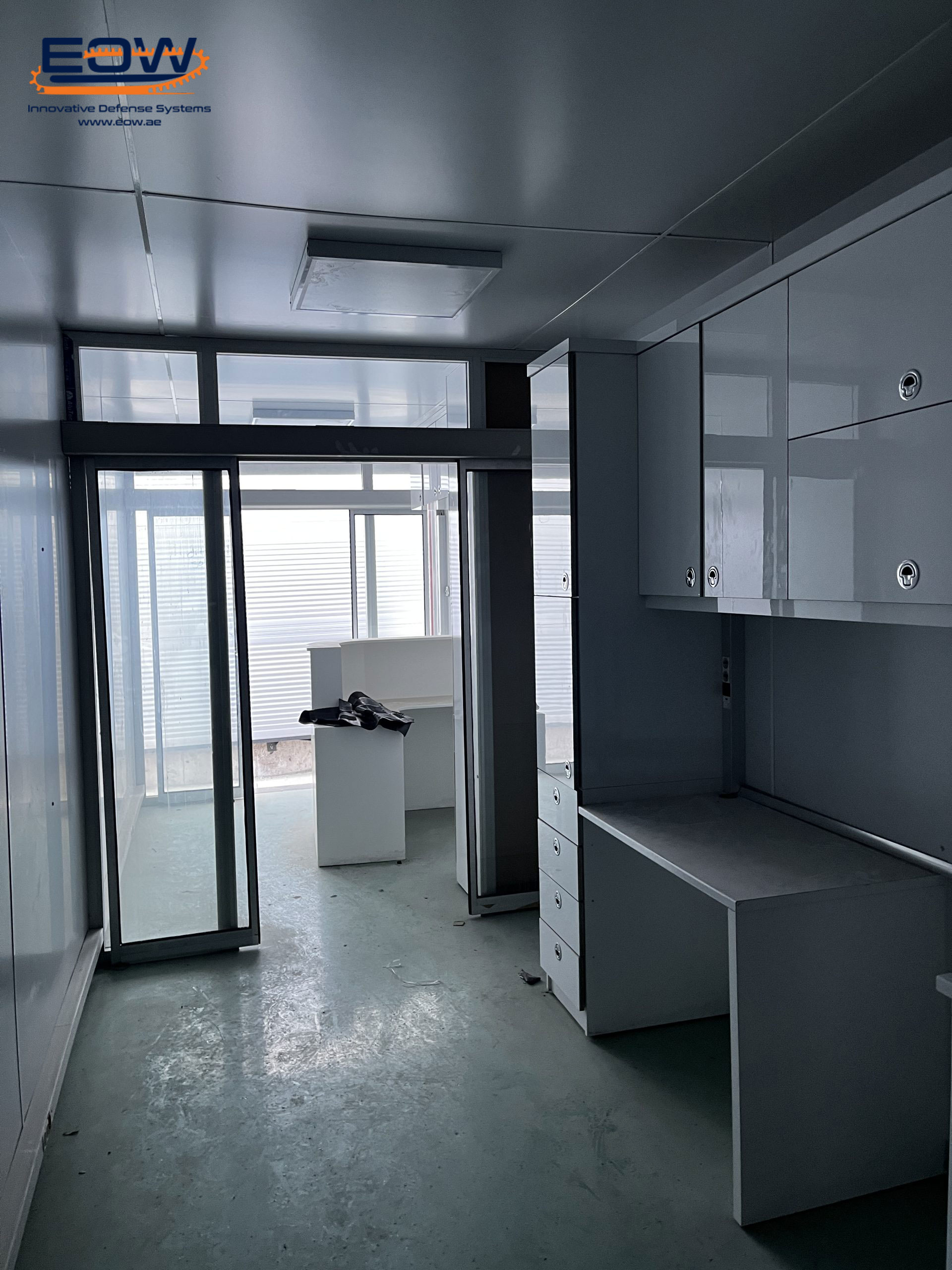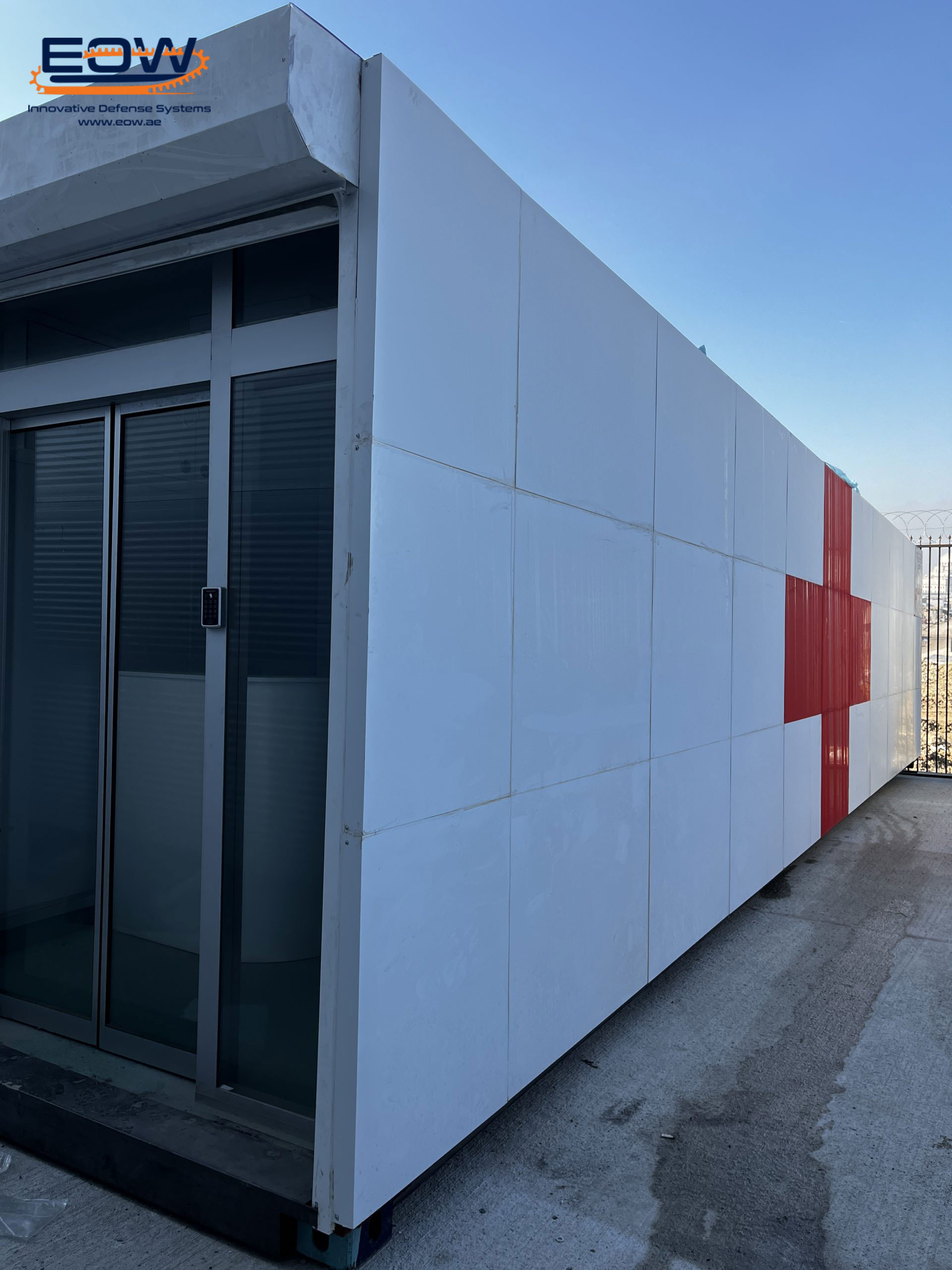Description
Container General Examination Clinic 40ft
Container General Examination Clinic 40ft : An examination clinic provides a range of medical services aimed at identifying, treating, and managing different health concerns by offering a variety of medical services. Most people make their first appointments at these clinics for minor ailments, basic checkups, and preventative healthcare services.
What 40-foot container is the General Examination Clinic?
A 40-foot Container General Examination Clinic is a medical facility dedicated to giving patients physical examinations. It assists patients in receiving preventative treatment in order to achieve or maintain excellent health.
The testing center provides:
routine examinations, such as obtaining good health and examining medical history.
physical assessments of the heart, lungs, neurological system, and other bodily systems.
supplying standard laboratory testing, such as blood and urine tests
Taking care of things like stopping the illness in its tracks.
How does the Container General Examination Clinic become used?
- Examine your overall well-being.
- offering advice on how to maintain or improve your health.
- Ask any questions you have regarding your medical condition.
- Taking care of any symptoms you may encounter.
What characteristics make up a Clinic for Container General Examination?
Special features of the 40-foot Container General Examination Clinic include basic diagnostic tools for initial examinations, such as thermometers, blood pressure monitors, and stethoscopes.
Its laboratory is equipped to conduct standard testing, such blood or urine tests.
It provides appointments and accessible venues.

